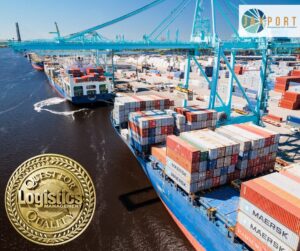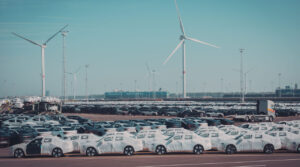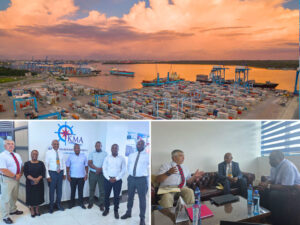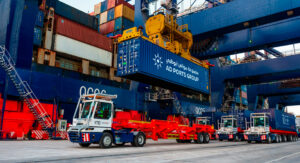Inland terminal operator BCTN has cut congestion from the Port of Rotterdam after starting fixed windows of service for its barges almost a month ago.
More of BCTN’s 600-plus transport customers from three terminals in Belgium and five in The Netherlands have started to use the barge service.
The three-month pilot bundles containers to create 250-plus TEU interchanges on its barges, which then travel to and from Rotterdam’s deep-sea terminals.
BCTN has found that the handling of over 1,000 truck moves through its terminals every day is now much easier as it no longer has to rely on the ports to provide sailing times — a process that would take three days to a week to take place because of congestion.
Find out how automation is changing the Port of Rotterdam by reading a Port Technology technical paper
As a result, its inland terminals are much better connected to the deep-sea ports in Antwerp and Rotterdam.
Larger ships are causing container traffic congestion at the ports as ocean carriers are producing larger vessels to reduce the cost of using more ships for the same capacity.
Bert de Groot, Deputy Director at BCTN, commented: “In the past year congestion became so bad that we had to tell our customers that we didn’t know when the container would arrive or whether containers would get to Rotterdam on time for a large sea call.
“There was such uncertainty that a lot of the customers decided to move to truck instead of going over the water as they didn’t know whether the containers would come or be delivered on time.”
However, de Groot has identified this issue as an opportunity.
He added: “If you look 10 years ago, the average ship would give a relatedly small volume on the terminal, but these days with the 20,000-plus TEU vessels, very large shots are going in and out at one time through the deep sea ports in Rotterdam.”
“To connect with these large calls, you also have to scale up in the hinterland, which is why we say to handle the large call sizes by increasing the barge call size so that the deep sea terminals can perform better.”








